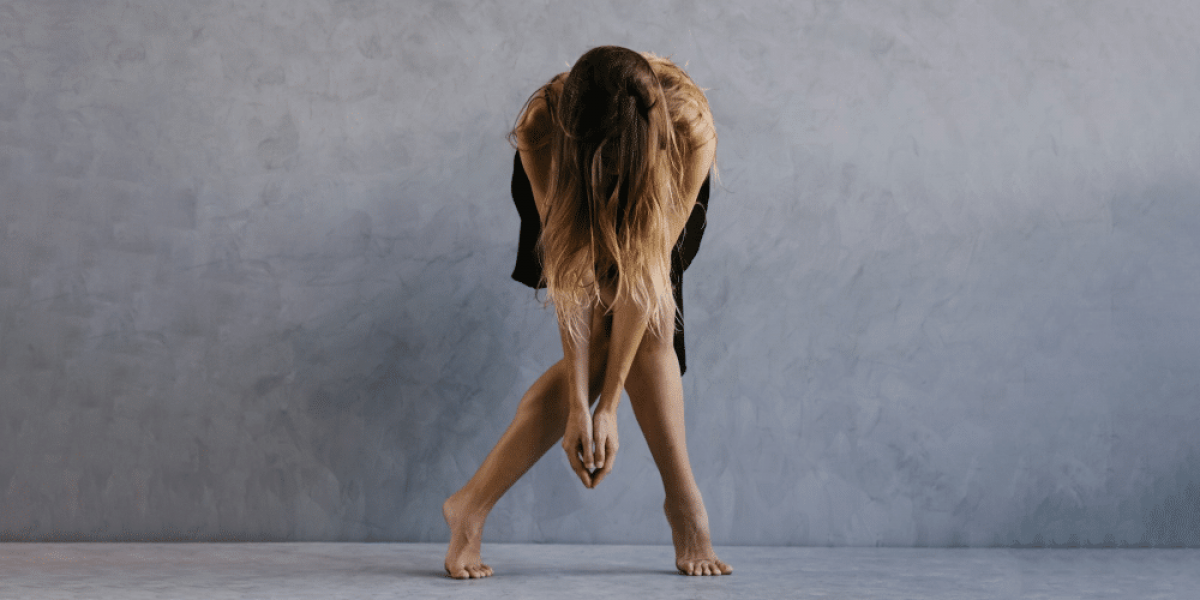Have you ever been so moved by a song that your body just starts to sway? That’s the magic of music – its ability to stir emotions and ignite a primal urge to express ourselves. Interpretive dance takes this connection a step further, using the language of movement to tell a story or evoke a feeling inspired by music. It’s more than just following the beat; it’s a beautiful marriage of sound and movement, where dancers become living interpretations of the music’s soul.
Beyond Steps: The Expressive Power of Interpretive Dance
Forget the rigid routines of ballet or the athleticism of hip-hop. Interpretive dance is all about freedom of expression. Dancers use their bodies to translate the emotions, themes, and even the rhythm of the music into a visual experience for the audience. A single piece might incorporate everything from flowing gestures to sharp, angular movements, creating a captivating visual tapestry that mirrors the music’s journey.
Imagine a hauntingly beautiful melody filling the air. An interpretive dancer takes center stage, their body initially curled in on itself, a physical manifestation of the music’s melancholic tone. As the music swells, the dancer slowly unfolds, arms reaching out as if grasping for something unseen. The movement becomes more fluid, mirroring the melody’s rise, and then tapers back down to a quiet stillness as the final notes fade away. In that moment, the dancer hasn’t just performed a series of steps; they’ve told a story, painted a picture with their body, and allowed the audience to connect with the music on a deeper level.
Here are some of the unique aspects of interpretive dance:
- Individual Interpretation: There’s no single “correct” way to interpret music. Each dancer brings their own perspective and emotions to the movement, creating a unique and personal expression.
- Focus on Emotion: Interpretive dance isn’t about technical virtuosity; it’s about capturing the essence of the music and conveying emotions like joy, sadness, or anger through movement.
- Storytelling Through Movement: Dancers can use their bodies to tell stories, evoke historical events, or even represent abstract concepts like nature or time.
A Match Made in Rhythm: Choosing Music for Interpretive Dance
Music isn’t just background noise in interpretive dance – it’s the lifeblood that pumps through the performance. The right track can ignite a dancer’s creativity like a spark hitting gasoline, fueling a powerful and moving piece. While there’s no one-size-fits-all approach, here are some things to consider when picking the perfect musical partner for your interpretive dance:
- Genre Throwdown: Interpretive dance isn’t confined to a stuffy concert hall or a dusty ballet studio. It can be performed to anything from the soaring strings of a classical symphony to the thumping bass of a hip-hop beat, or even the pulsing synths of electronic music. The key? Find a piece that stirs your soul, something that evokes a strong emotional response and sparks a kaleidoscope of movement possibilities in your mind. Imagine a dancer interpreting a driving rock ballad. The frenetic energy of the music might translate into sharp, explosive movements, their body a physical manifestation of the song’s intensity. On the other hand, a gentle folk song might inspire flowing, lyrical gestures, a graceful reflection of the music’s serenity.
- Feeling the Pulse: The tempo and volume fluctuations in a song, known as dynamics, can dramatically impact the mood and intensity of your dance. A fast-paced piece with sudden shifts might translate to sharp, energetic movements, your body mirroring the frenetic pace of the music. In contrast, a slow, melancholic melody might lend itself to more flowing and emotive gestures, a physical embodiment of the song’s sorrow. Think about a dancer interpreting a piece that starts slow and builds to a powerful crescendo. Their movements might begin soft and introspective, gradually gaining in intensity and power as the music swells, before culminating in a final, explosive gesture that mirrors the music’s climax.
- Words Can Move You (Sometimes): If you’re working with a song that has lyrics, consider how you can translate those words into movement. The dancer might choose to directly illustrate the lyrics through their actions, like acting out a story. But that’s not the only option! The lyrics can also be a springboard for a more abstract exploration of the song’s meaning. Imagine a dancer interpreting a song about loss. They might not literally act out the lyrics, but their movements could capture the emotions of grief, like a slow, hunched posture or reaching gestures that symbolize searching for something lost.







